Cragganmore wasn’t on my whisky radar until I spent three long weeks touring Scotland in 2006. Since that time, I’ve upgraded my radar several times and Cragganmore’s whisky has become one of those delicious finds in an overwhelming sea of choices.
Cragganmore is a Speyside whisky, meaning it’s made in that beautifully congested region along the River Spey where more than 50 distilleries operate. In the States, when Speyside whisky is mentioned most people with some knowledge of single malt Scotch think of Glenfiddich, Glenlivet, or Macallan. And rightfully so; these are some of the most prolifically produced and distributed whiskies in the world, and, more specifically, in the USA.
Scotland has more than 120 operational distilleries, and for all of these to survive they must target different worldwide markets. The USA is simply not one of Cragganmore’s target markets and so the whisky is much harder to find here (but you’re in luck if you live in Scandinavia). The same goes for tens of other whiskies. It’s one of the primary reasons you must visit Scotland if you’re a lover of single malt Scotch. You don’t even know what you’re missing.
With a glorious week dedicated to the MoraySpeyside region, I methodically ticked off distilleries that intrigued or captivated me. Having shared a dram of Cragganmore with my family two years prior at the Scotch Whisky Experience and grown to really like it, I dropped in to meet with distillery manager Gary Haggart. Driving this part of Scotland is always gorgeous, and the area around Cragganmore, wedged as it is between the River Spey and the A95, dazzled in the spring sun. In the distance, the hill of Craggan More looked over its namesake distillery.
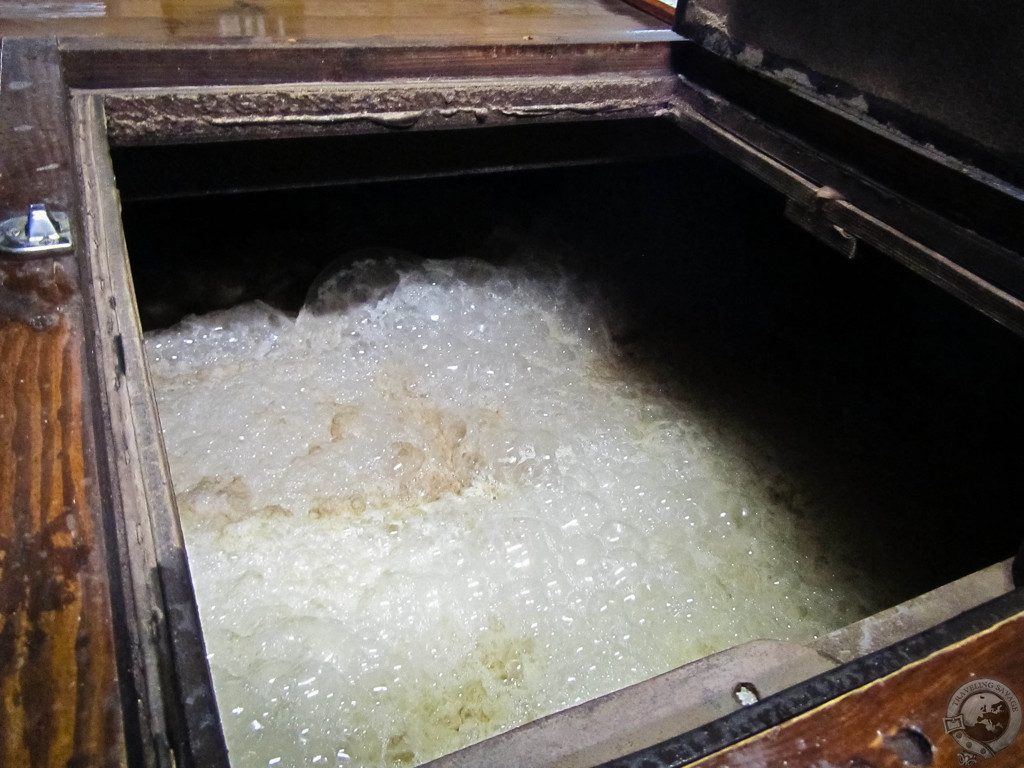
In the “man’s” room, all wooden beams, warm walls and rugs, and bygone era paraphernalia, the spirit of Cragganmore’s past came alive. In 1869, John Smith, perhaps the most experienced distiller of his day, convinced the MacPherson-Grants of nearby Ballindalloch Castle to lease him the land to build a distillery along the Strathspey railway line. This turned out to be a good move as Cragganmore has survived many of the hard times in the whisky industry and quietly carried on for more than 140 years.
These days Cragganmore is part of Diageo, the world’s largest spirits producer. Diageo owns many other Scotch whisky distilleries, such as Talisker, Caol Ila, and Dalwhinnie, and it’s the kind of ownership I’m not totally comfortable with. I worry about culture lost. On the other hand, Diageo’s stewardship ensures these distilleries stay alive and reach new markets. Cragganmore, in fact, is the Speyside representative for Diageo’s Classic Malts program, which must be incredibly difficult to retain given it produces a middling 1.7 million liters/year and 90% of its production goes to blends like Old Parr and Johnnie Walker Green Label. Not surprisingly, the distillery runs 24/7 with a team of 8 guys.
Wherever Diageo’s money is going, it’s not going here. This is not a state-of-the-art distillery. All of the processes are manually done and lots of old equipment like wooden malt bins are still in use. For me, this isn’t a bad thing. I’m a sucker for doing things the “old way” (see Benromach), and that Diageo hasn’t completely upgraded Cragganmore into a stainless steel beast is a mark in their favor. History and tradition veritably seep off Cragganmore’s buildings.
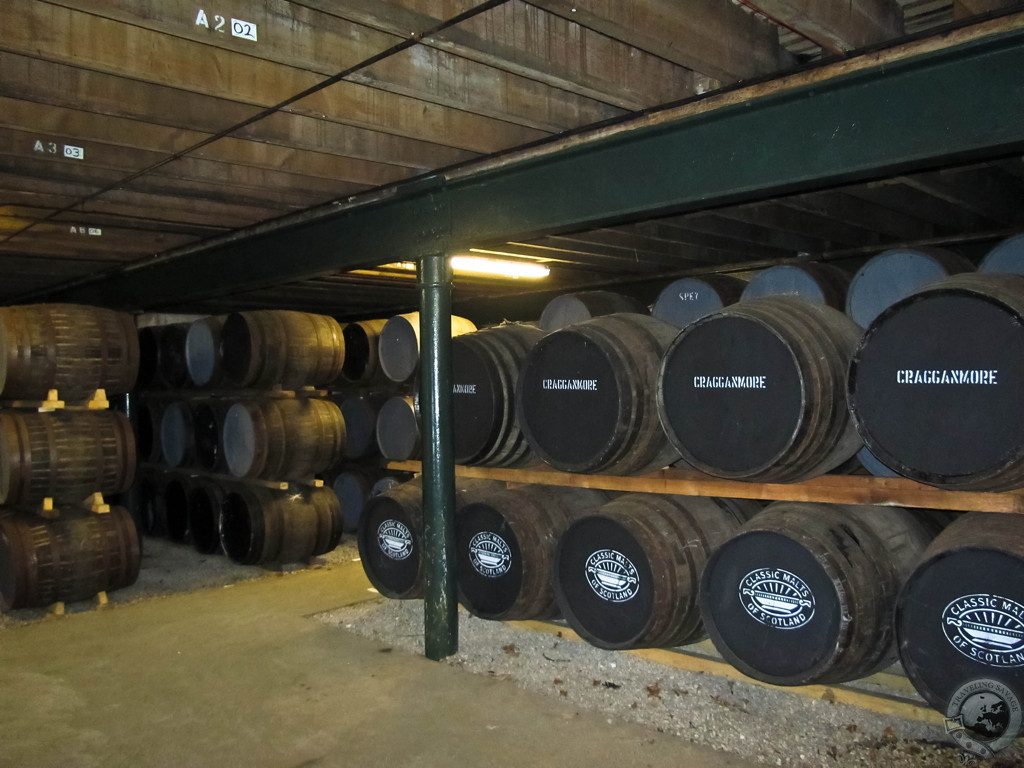
Gary’s a friendly guy with the quintessential Scottish accent. At 36, he’s running distilleries while I’m just writing about them (hmm). He whirls me through a tour as the distillery was asleep that day and we end up sampling some Cragganmore in the gift shop.
In a word, it’s complicated.
All Scotch whisky is made from the same ingredients, but the variety of flavors and aromas one can experience might have you thinking twice about the truth of that statement. Cragganmore 12 is the standard bottling that can be found in most quality liquor stores, and it’s the backbone of Cragganmore’s production.
Michael Jackson (the famous whisky writer not the famous singer of Thriller) once said that it had “the most complex nose of any malt whisky.” He knows a lot more than I do about whisky, but I smell what he means. It’s not that I find a ton of aromas each time I nose Cragganmore, it’s that I find a different aroma each time. And I don’t even have a properly functioning nose. Like a never-ending font of olfactory stimulation, Cragganmore delivers magic to nosy whisky aficionados. The subsequent flavor is malty, honeyed, and slightly woody. Pleasant and yet not as stunning as the nose. Cragganmore also produces a Distiller’s Edition that spends its final six months aging in Port pipes. It sounds delicious but I didn’t have a chance to sample it.
Where does the magic come from? From the Craggan burn? From the uniquely-shaped stills? From the ancient worm tubs? Give Cragganmore a shot if you get the chance, and by that I mean nose it and sip it slowly. You won’t find the secret, but you will enjoy the chase.

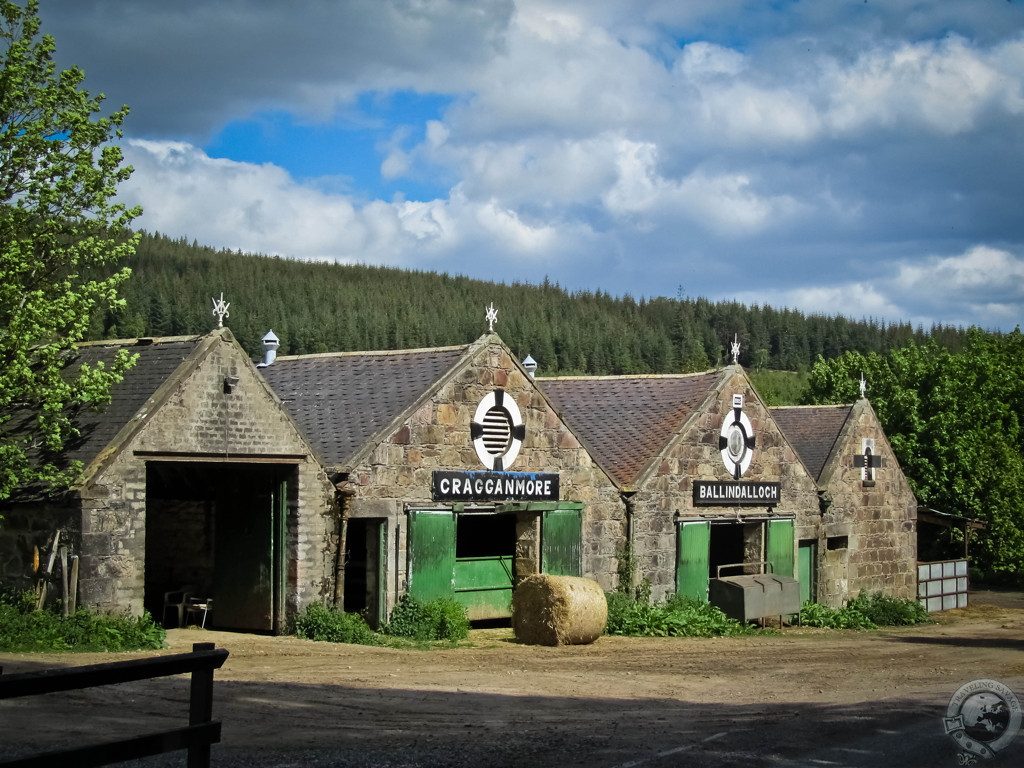
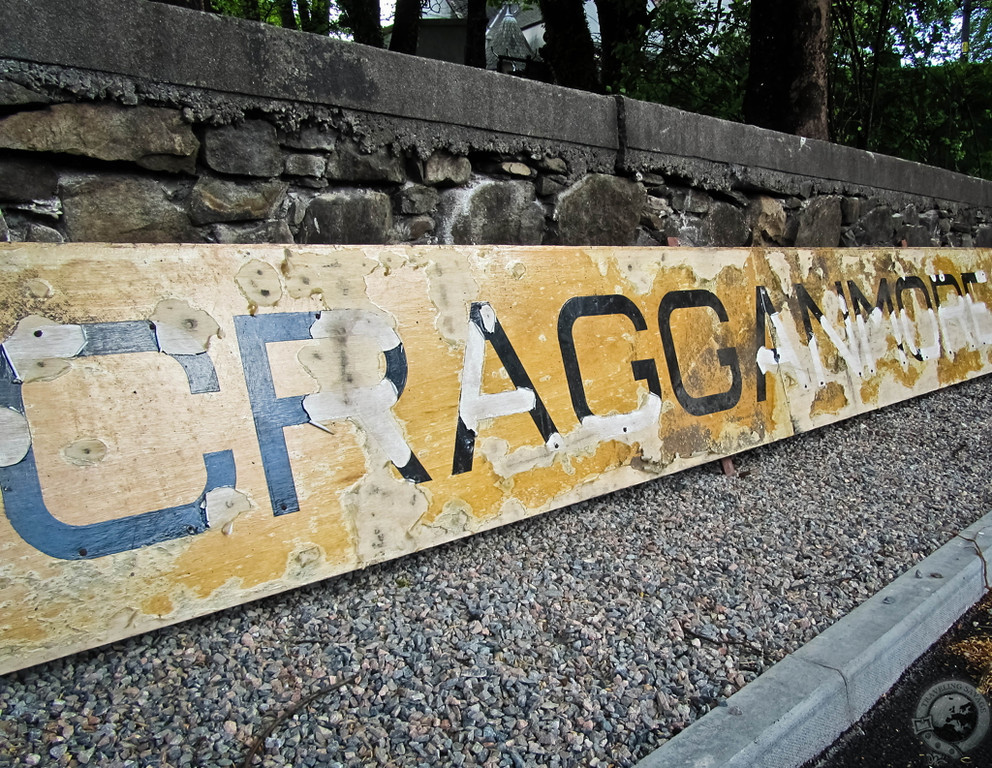
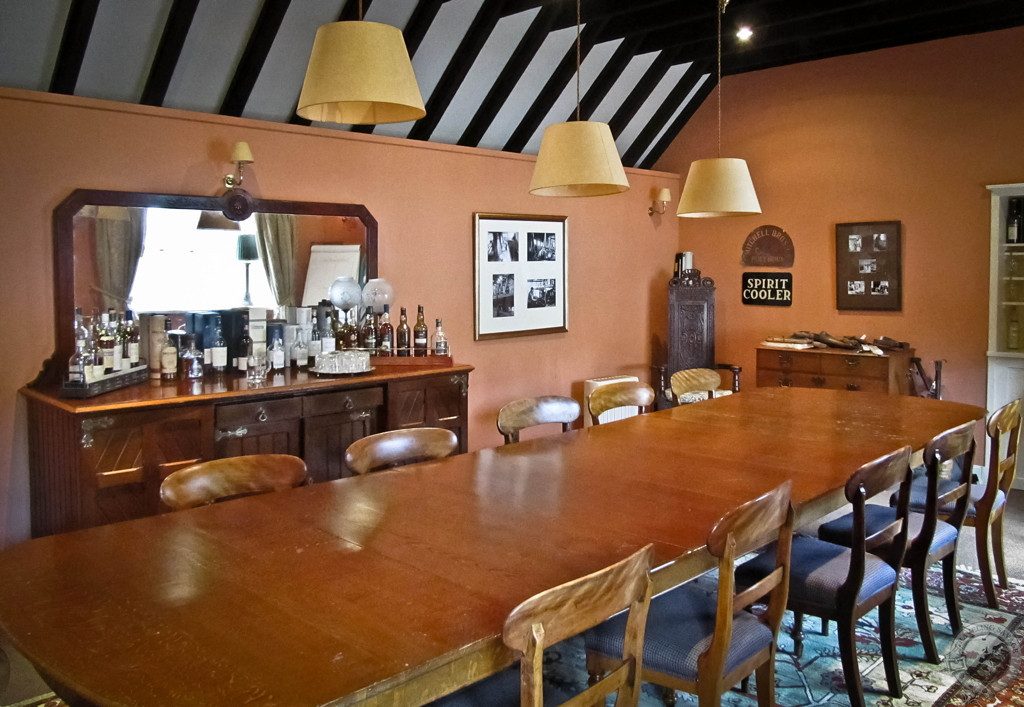
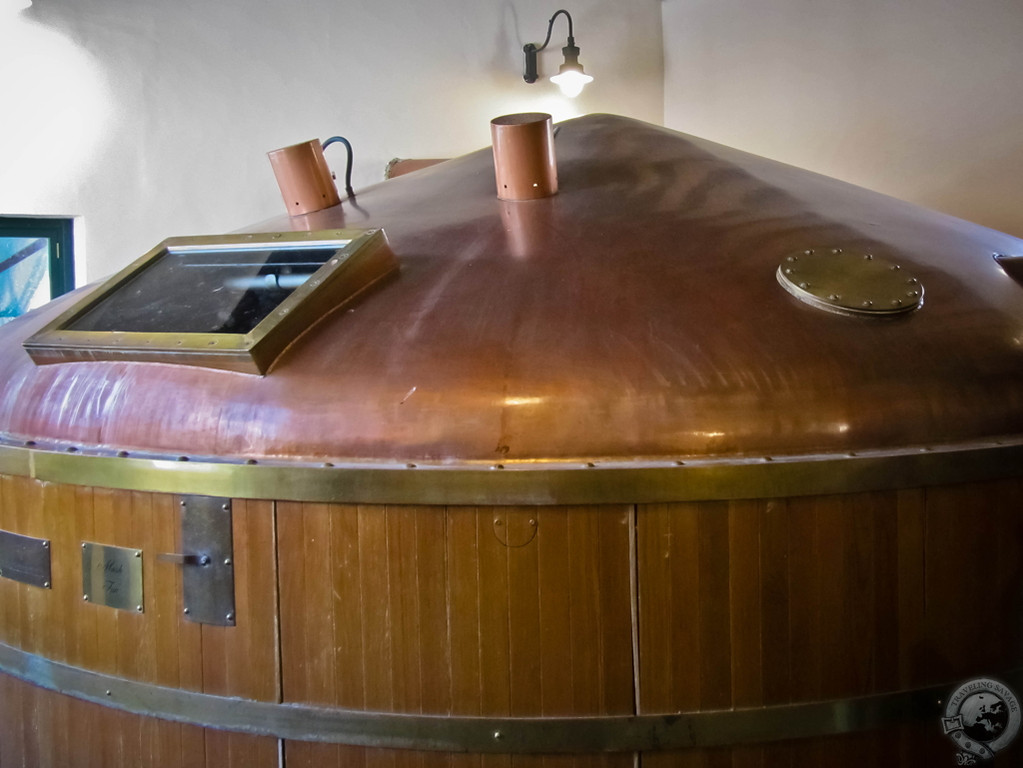
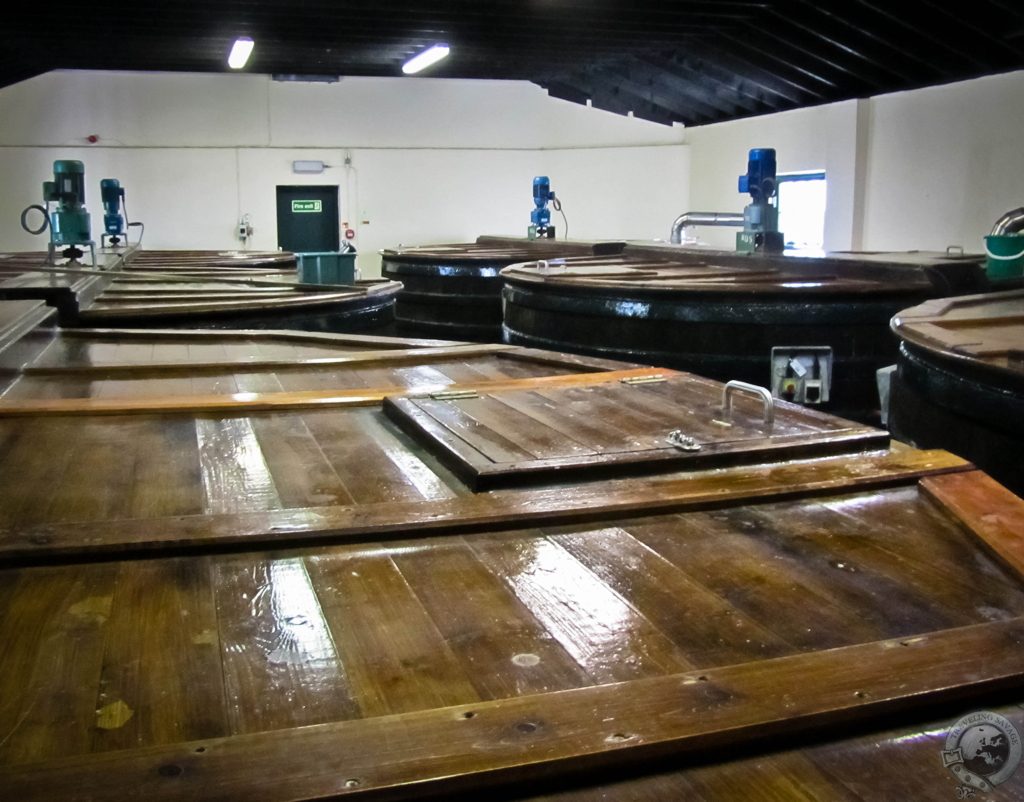
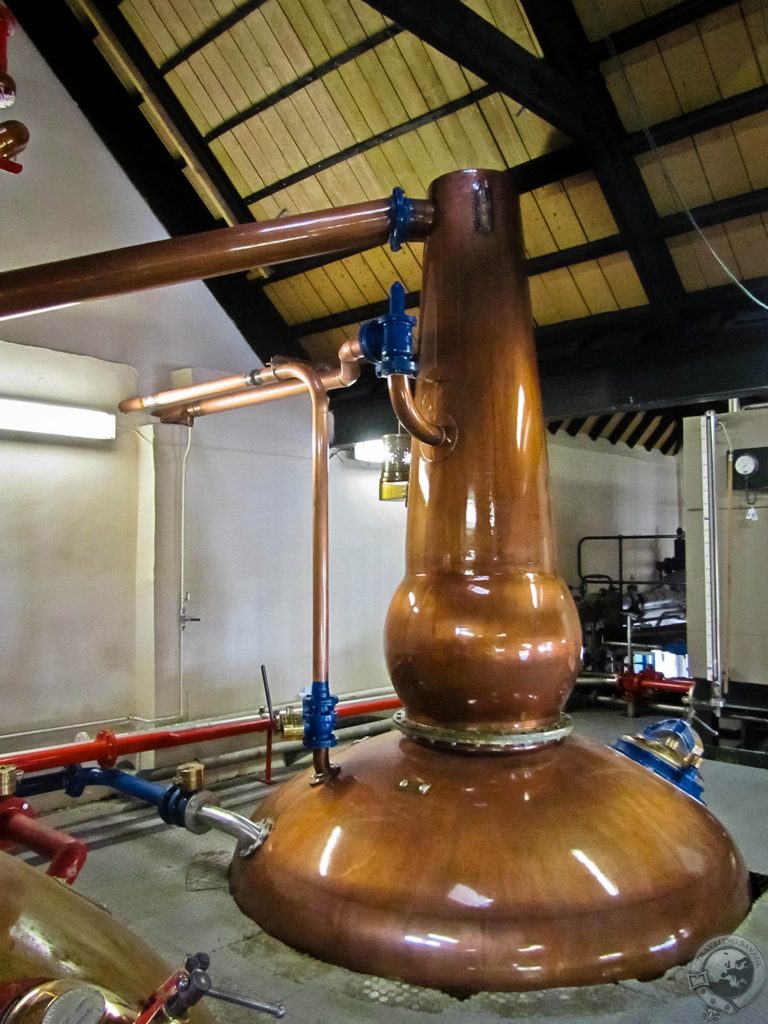
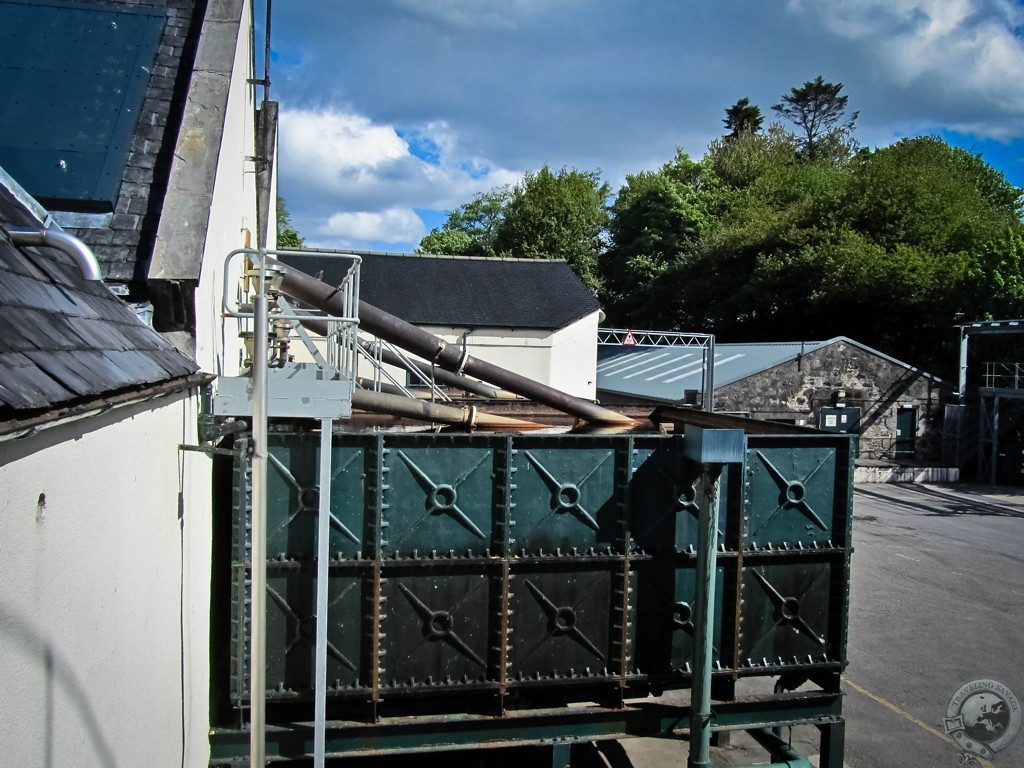
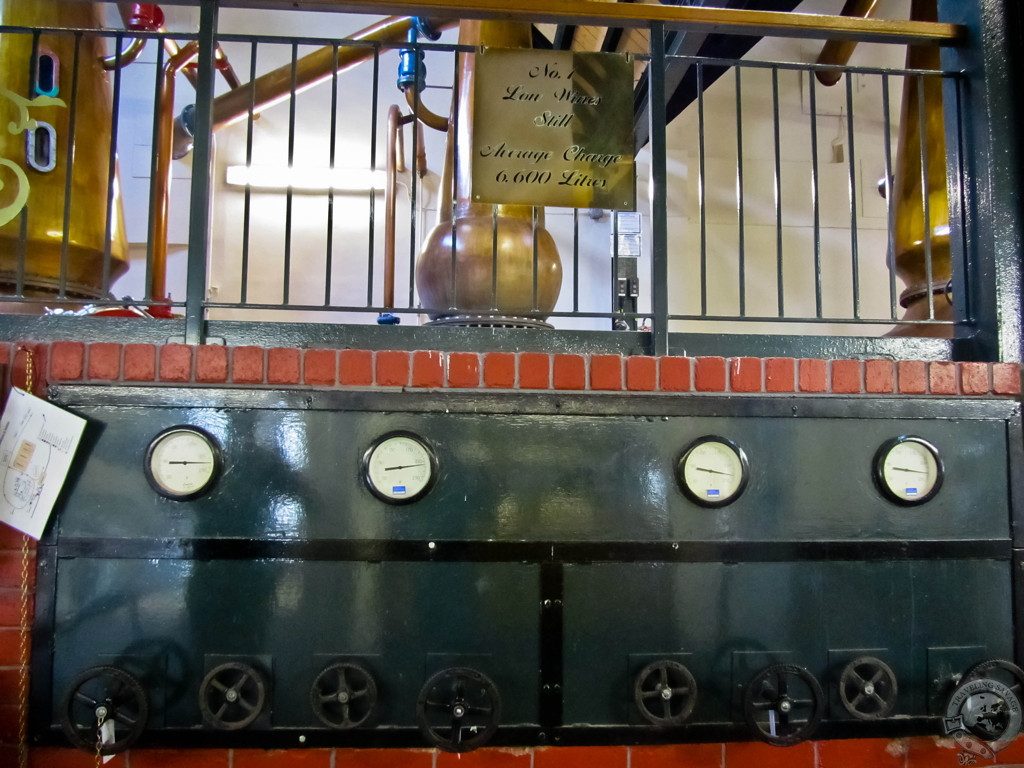
Nice post. I’m looking forward to opening that bottle of Cragganmore that I’ve been worshiping. Soon, I hope.
Started drinking Teacher’s Highland Cream Scotch at 21 and it remains my everyday day scotch. But after tasting many single malts, my favorite by far is Cragganmore, so much so that our blue Merle Australian Shepard’s full name is “Glenn’s Gillie of Cragganmore” ( a “gillie”, in addition to being Scottish slang for a gamekeeper on a Scottish estate, is also a measure – about 2.6 ounces – of alcohol).
Cheers to you, Glenn. You have sophisticated taste.